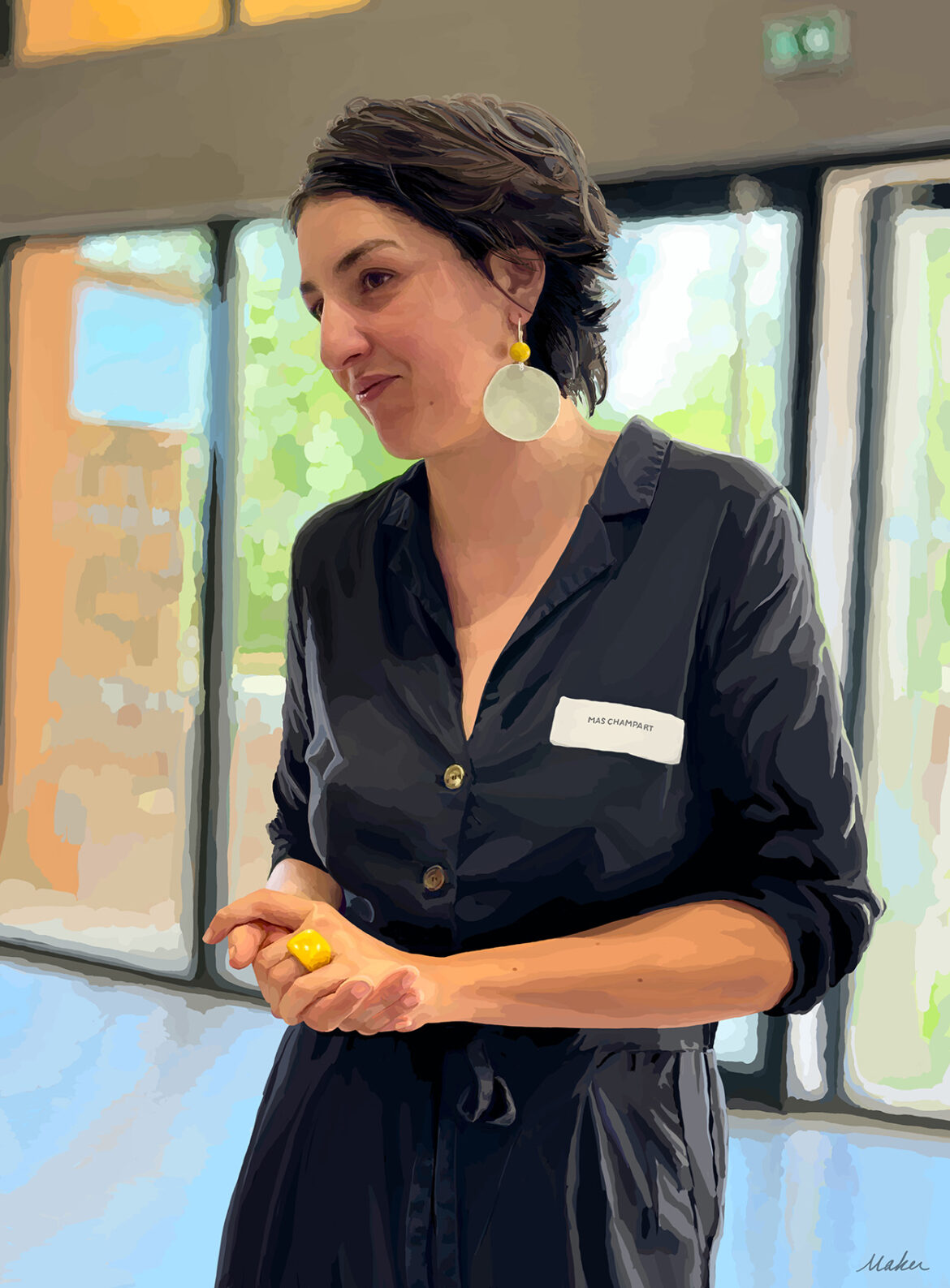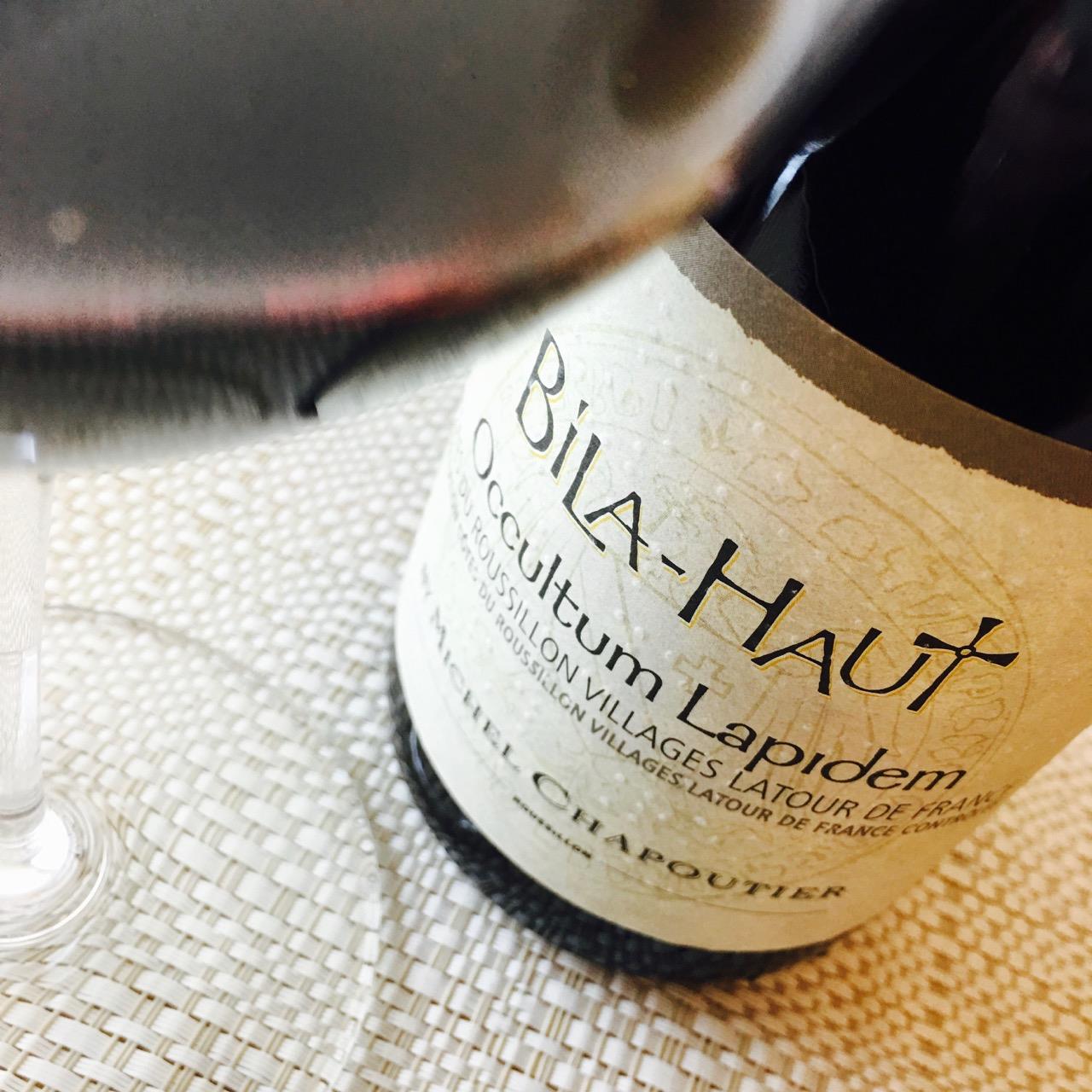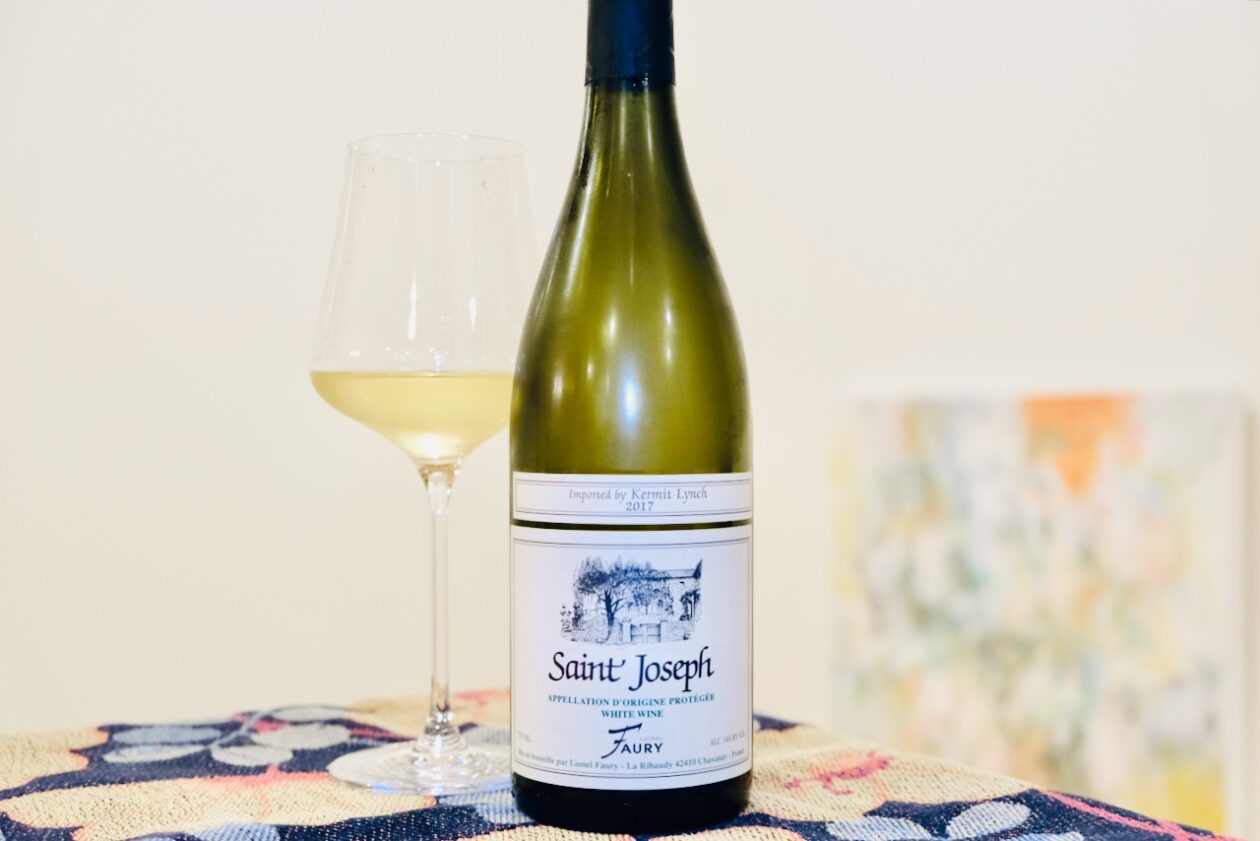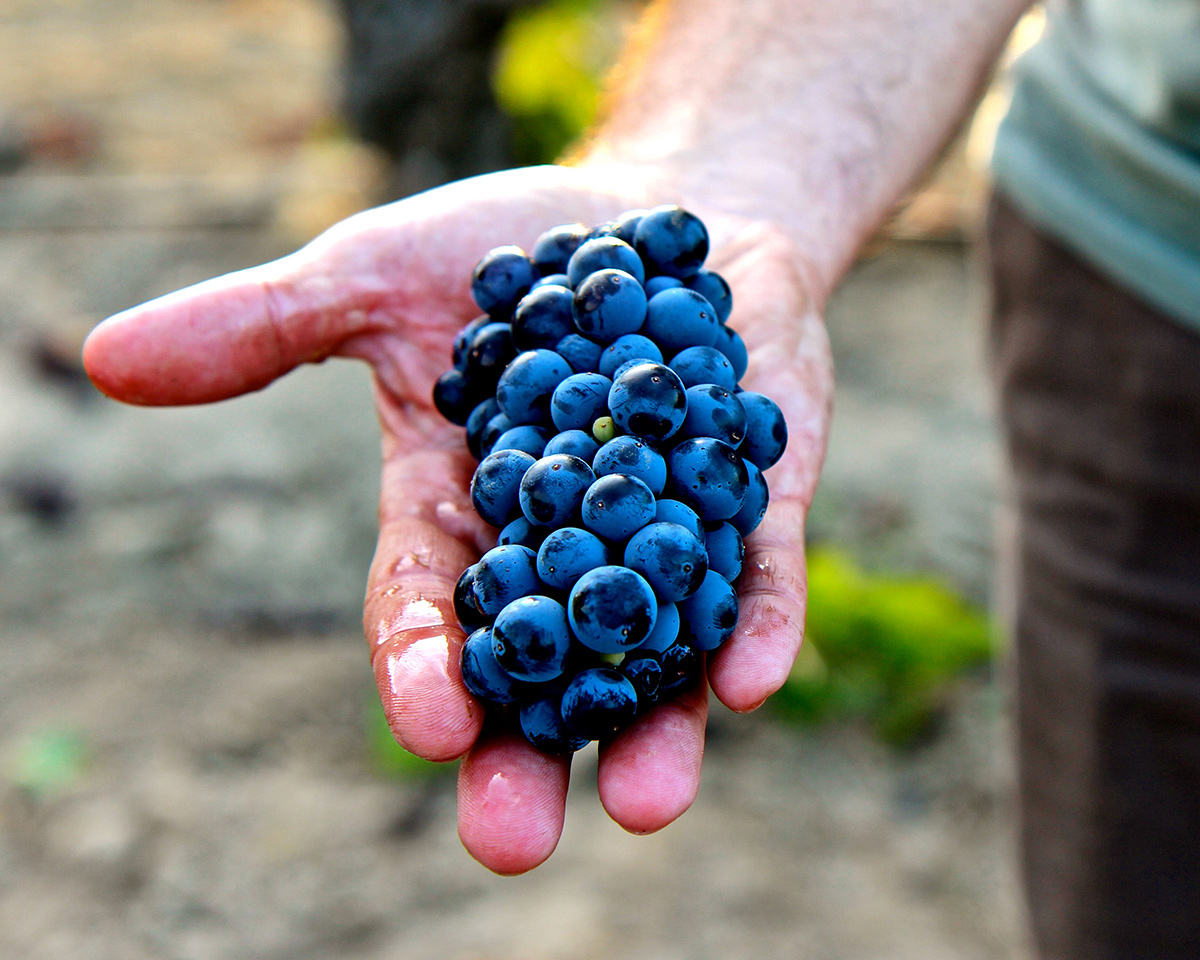I joined a group of journalists in a tasting salon in Combe-Jean, just east of the town of St. Chinian, during my Languedoc visit in June 2024. I was excited to see a table for Mas Champart, having met Isabelle Champart, whom I also feature in this series, ten years earlier. Instead of Isabelle, the person who greeted me was a far younger woman, Noémie Vidil.
Noémie became winemaker in 2023 after Isabelle’s retirement. She studied chemistry at University of Bordeaux, graduating in 2014, and a year later earned a MS in viticulture and winemaking at the University of Reims Champagne-Ardenne. Right before coming to Mas Champart, she had been working as a technical manager and winemaker elsewhere in the Hérault. Noémie also makes wines for neighboring organic estate Château la Dournie.
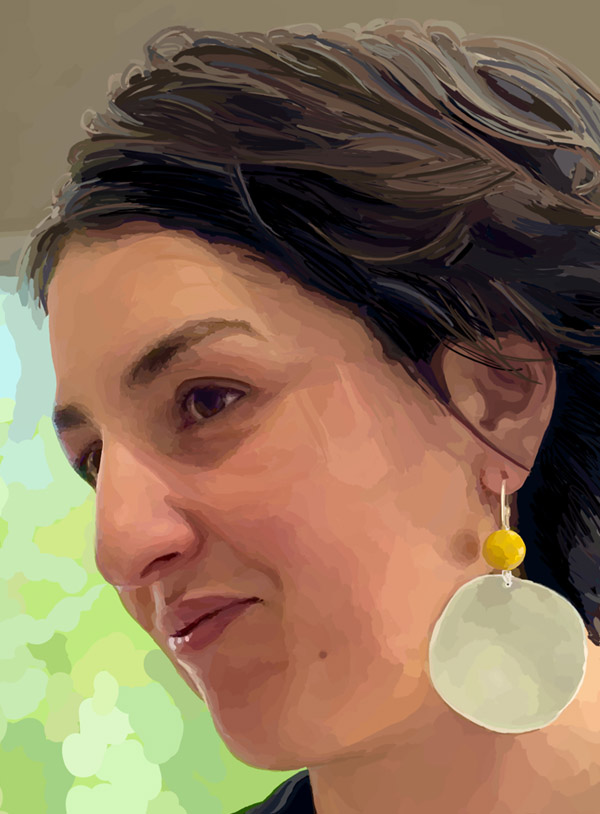

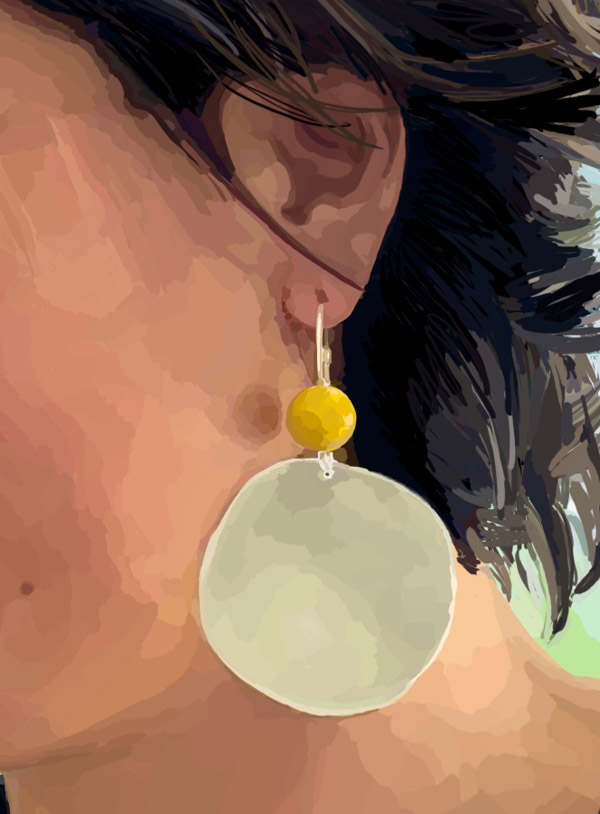
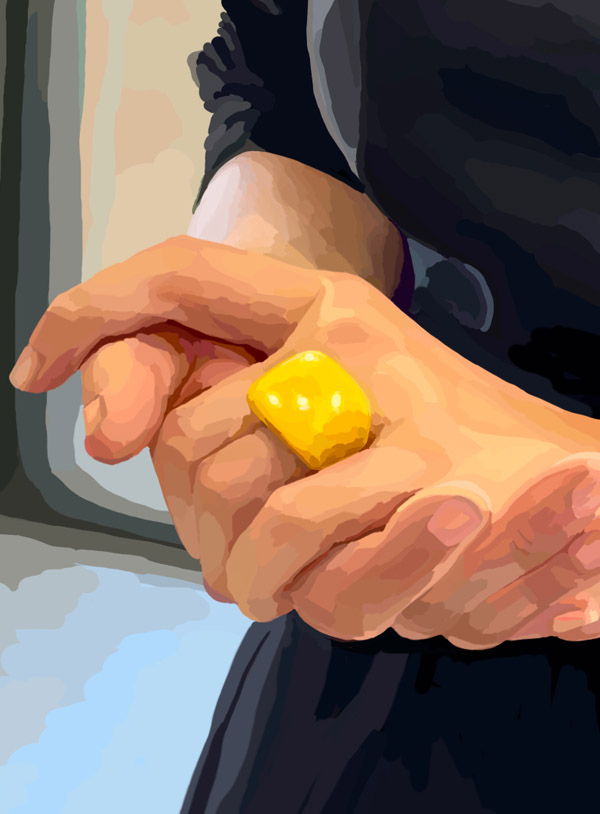
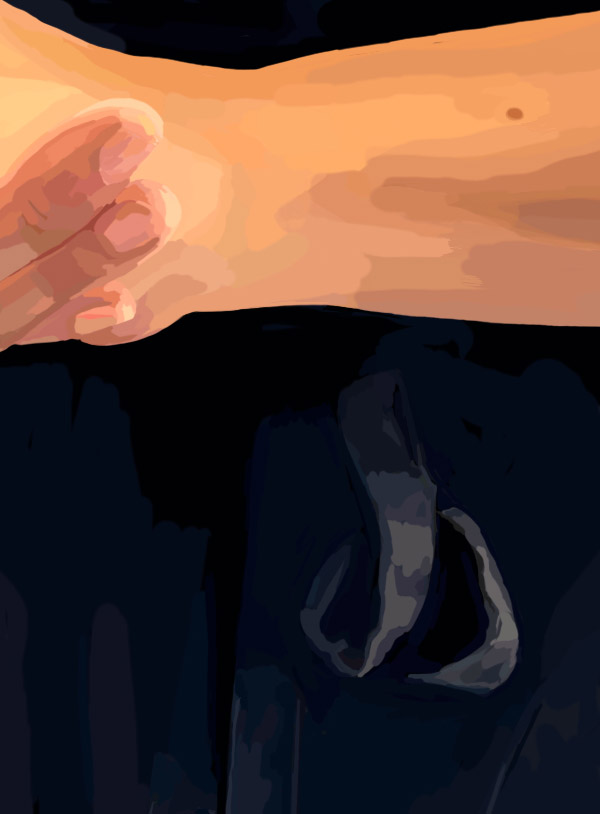
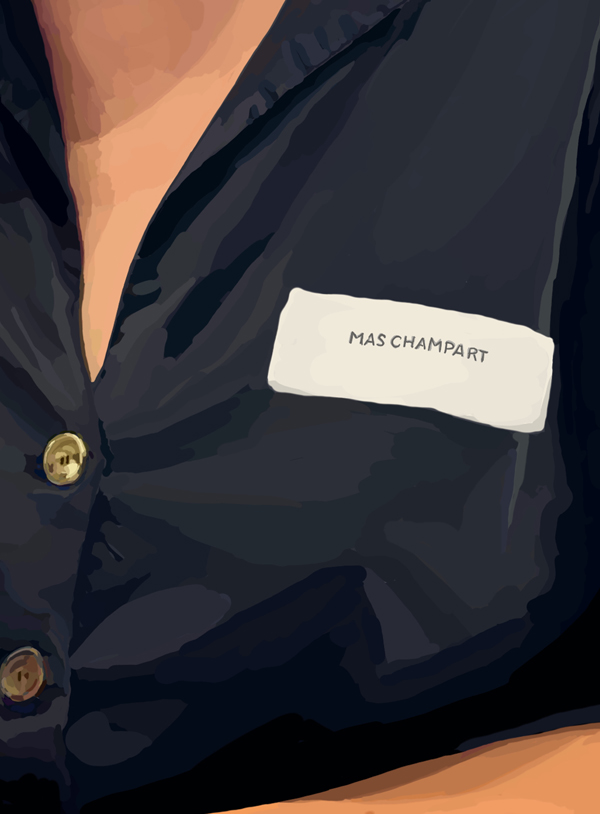
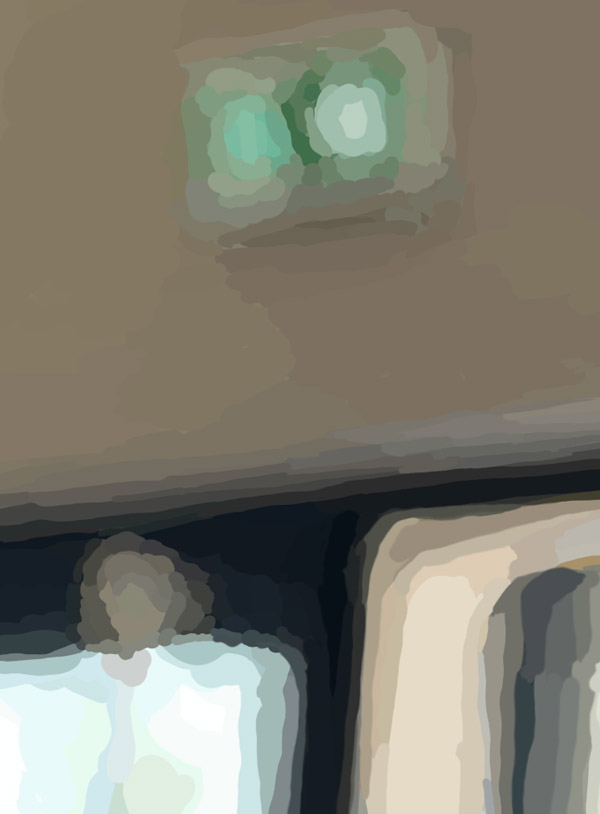
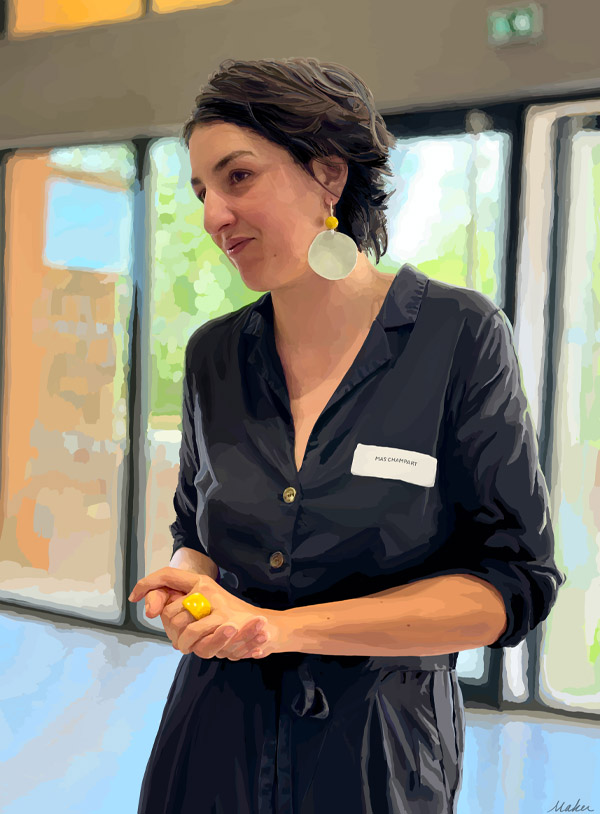
St. Chinian is a dual terroir, sliced into two equal halves. The northwestern part of the territory has a bedrock of schist, a metamorphic stratum formed from ancient clay sediments. There the topsoil is layered and crumbly, acidic, and retains heat at night. It’s rich in minerals like mica and quartz, but lacks some other nutrients vines need to thrive, so farmers must be attentive.
The southeastern half of St. Chinian, where Mas Champart is located, has a base of limestone, formed from uplifted marine materials. The soils are alkaline, porous, and well drained, rich in calcium and magnesium but light on nitrogen, iron, and phosphorous.
Between these zones lies a valley, and wines grown there are not part of the AOP. That’s because the soils are clay and marl and alluvial deposits, and the growers have deemed this gallimaufry uncharacteristic of the terroir, which they view as schist or limestone, either/or.
The schist-grown wines have a smoky quality, earthy and substantial. To me, this note reads better on the reds than on the whites and pinks, where it feels somewhat heavy, like carrying a big leather sachel with a delicate linen suit. It works, but you really notice the bag.
The limestone wines from St. Chinian lack that smokiness. The reds tend to be fresh and invigorating, with bright fruit and acidity. The whites and pinks are more floral and exhibit (quoting their brochure, because I like the image so much): “un belle nervosité,” a charming nerviness.
St. Chinian, in other words, is binate, consisting of two dramatically different zones of equal significance. It does make me wonder once again about the nature of “terroir,” and what makes St. Chinian a unity. Clearly here it’s not the soils or the grapevines, it’s the people, the community, bonded to their land.
All Posts iN this series:
Introduction | Charlotte de Béarn | Isabelle Champart | Noémie Vidil | Céleste Renault | Corinne Woodland & Nathalie Caumette
© 2025 Meg Maker. Original painting made with iPad Pro 12.9″ fifth generation, Apple Pencil second generation, and Procreate v. 5. Please contact me to discuss licensing or commissions. All travel and accommodations were provided by CIVL.

